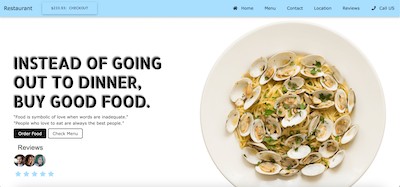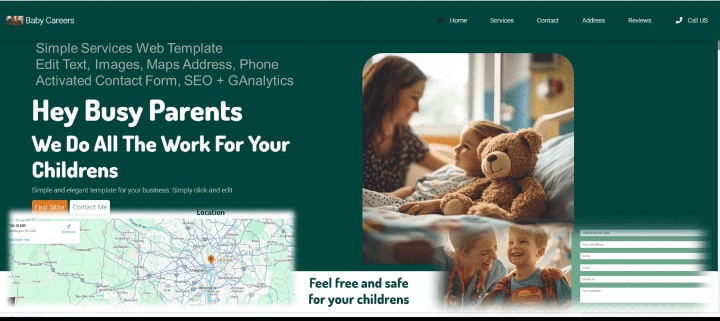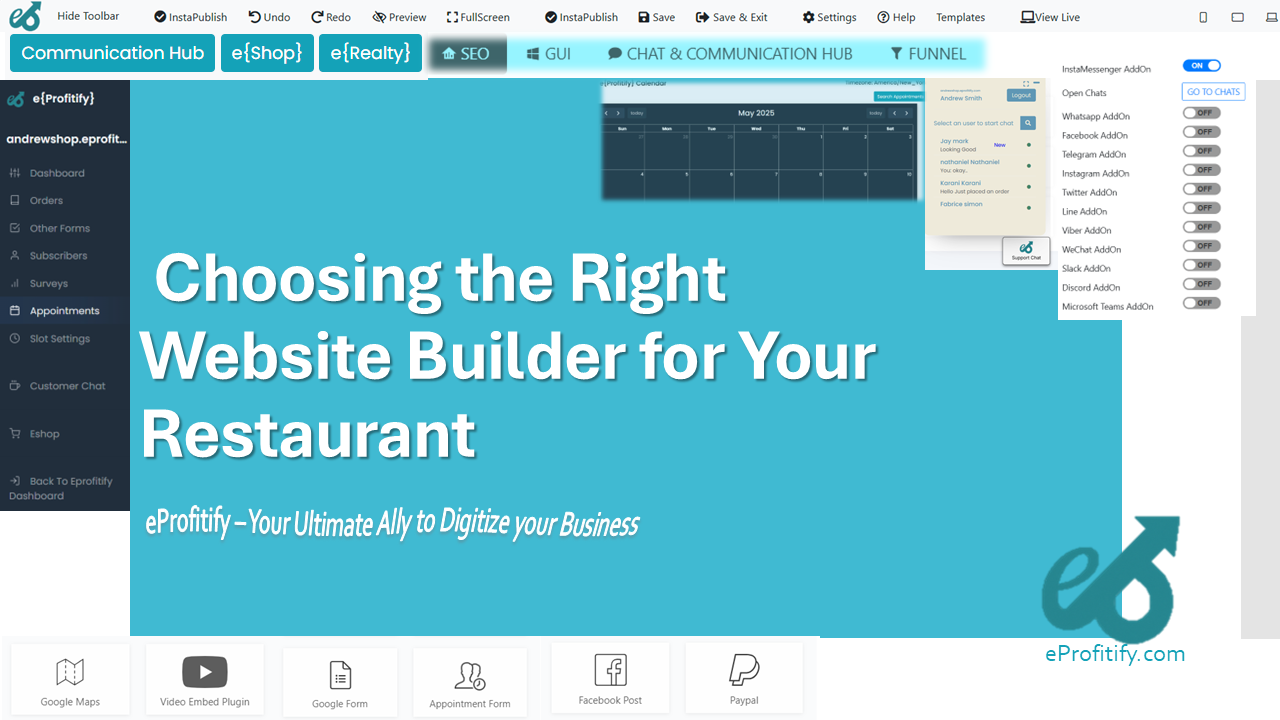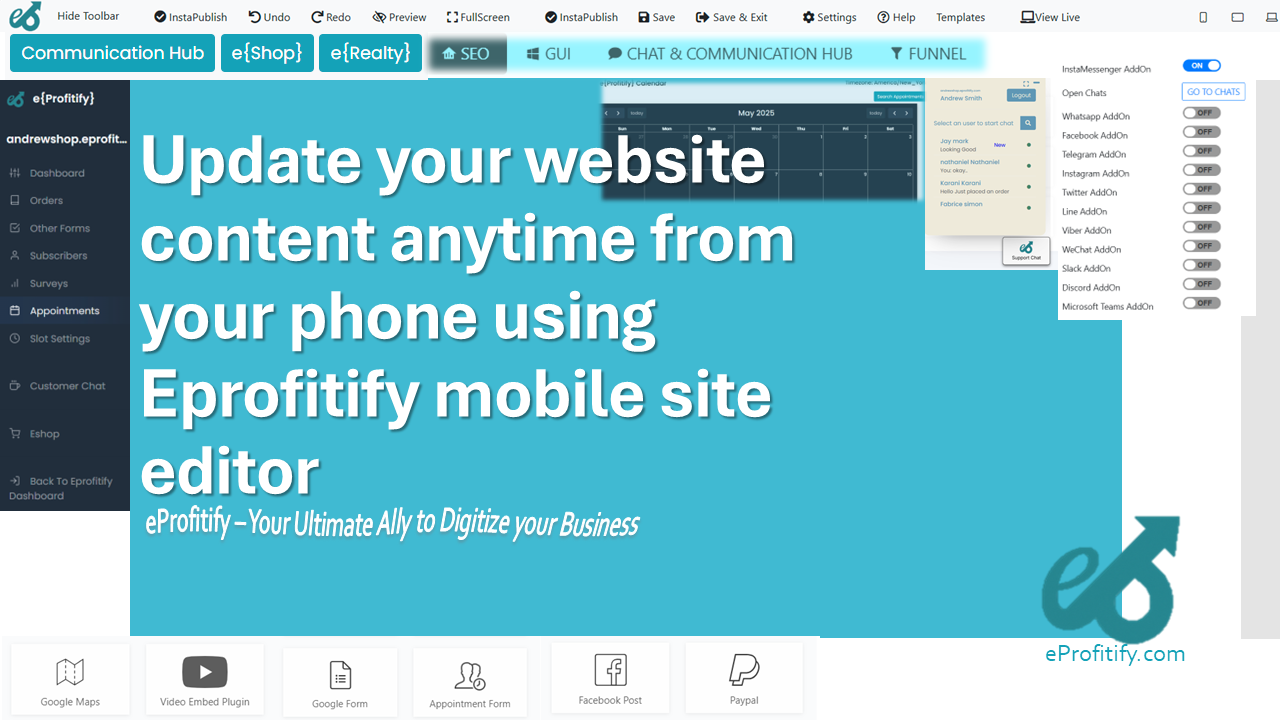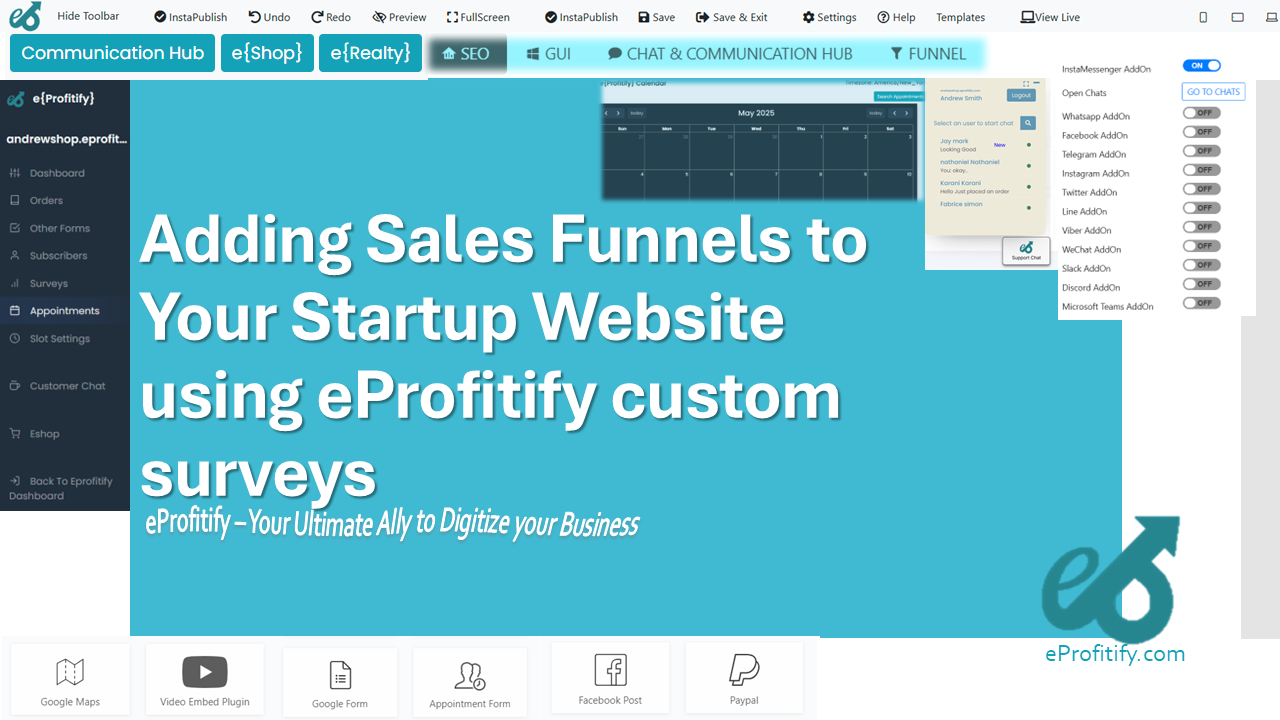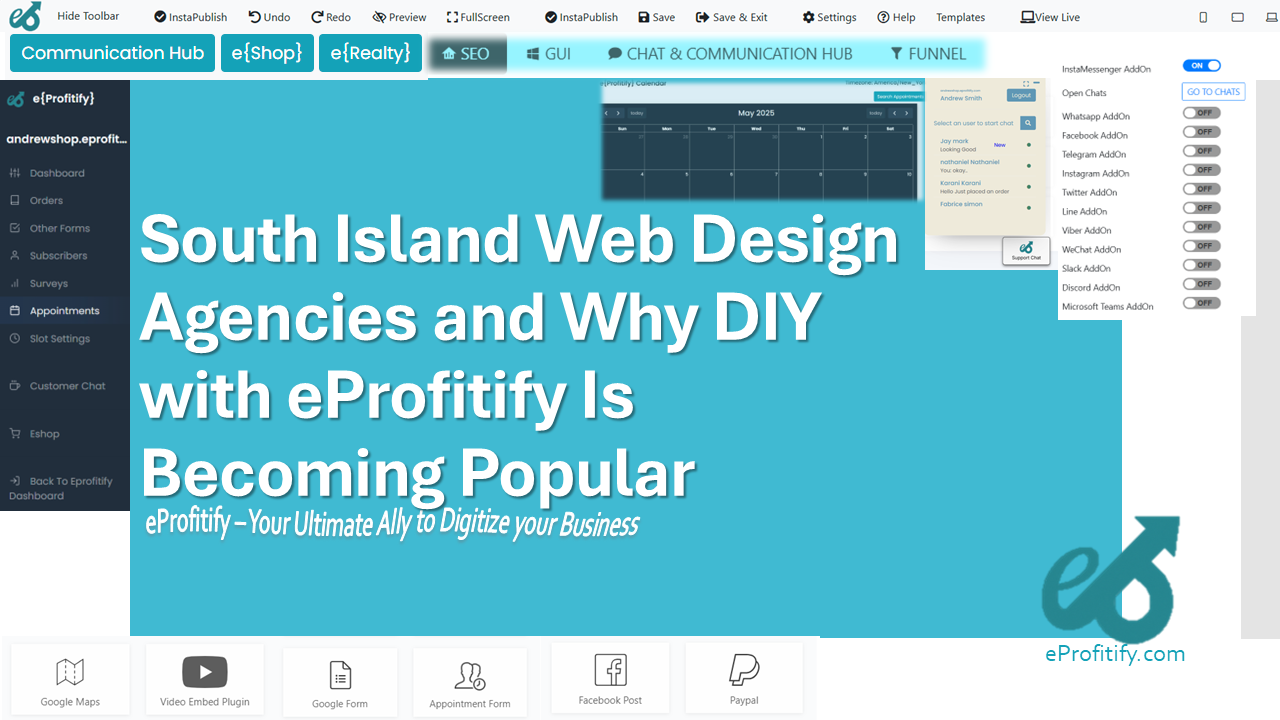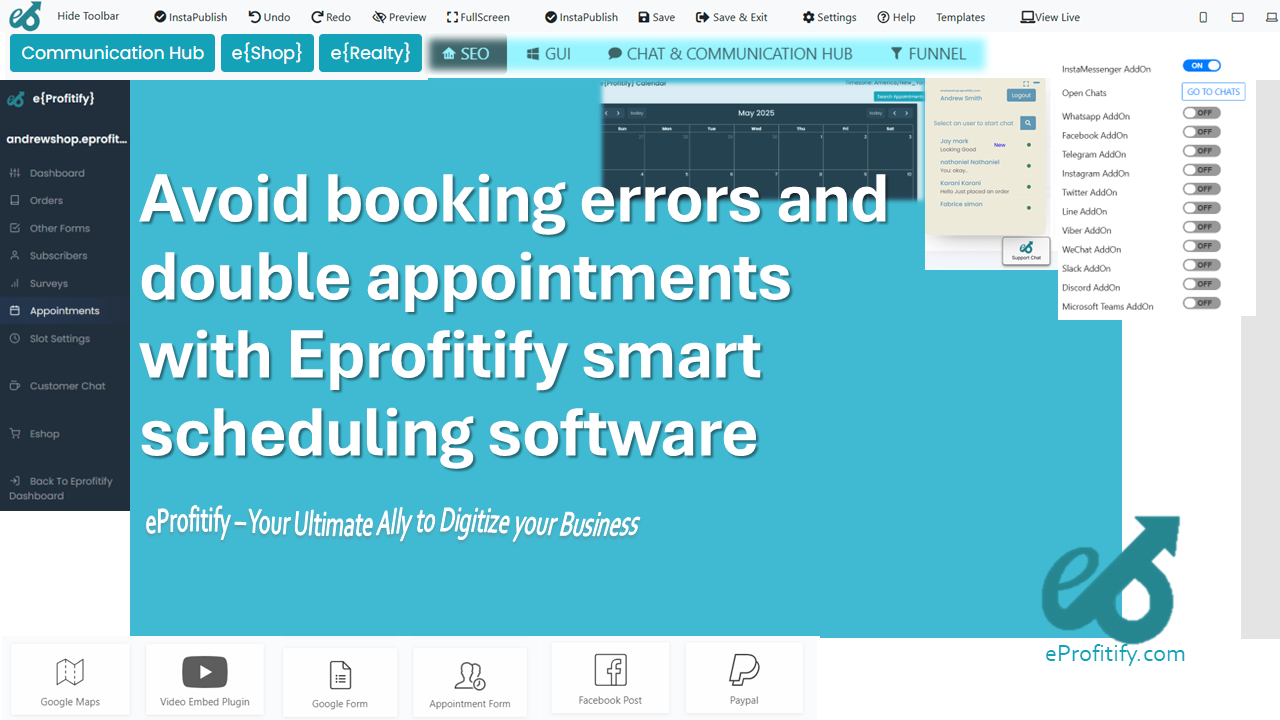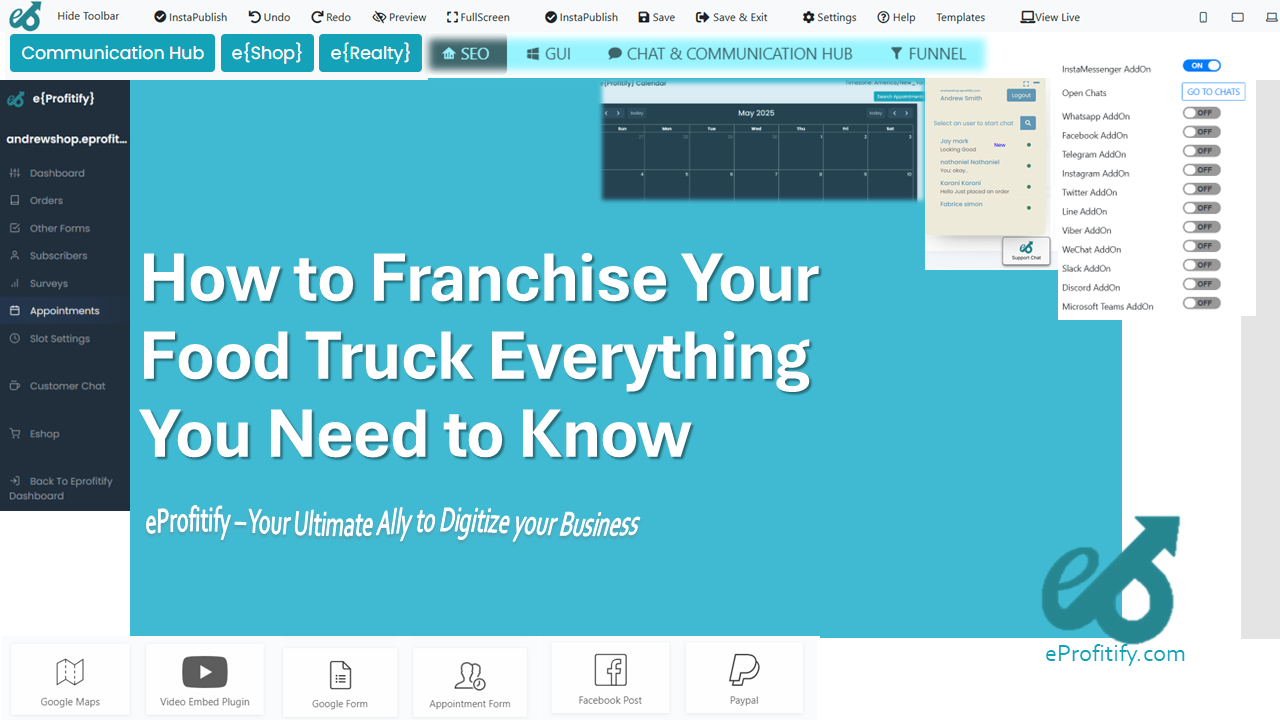How to Choose a Business Name Without Sounding Generic
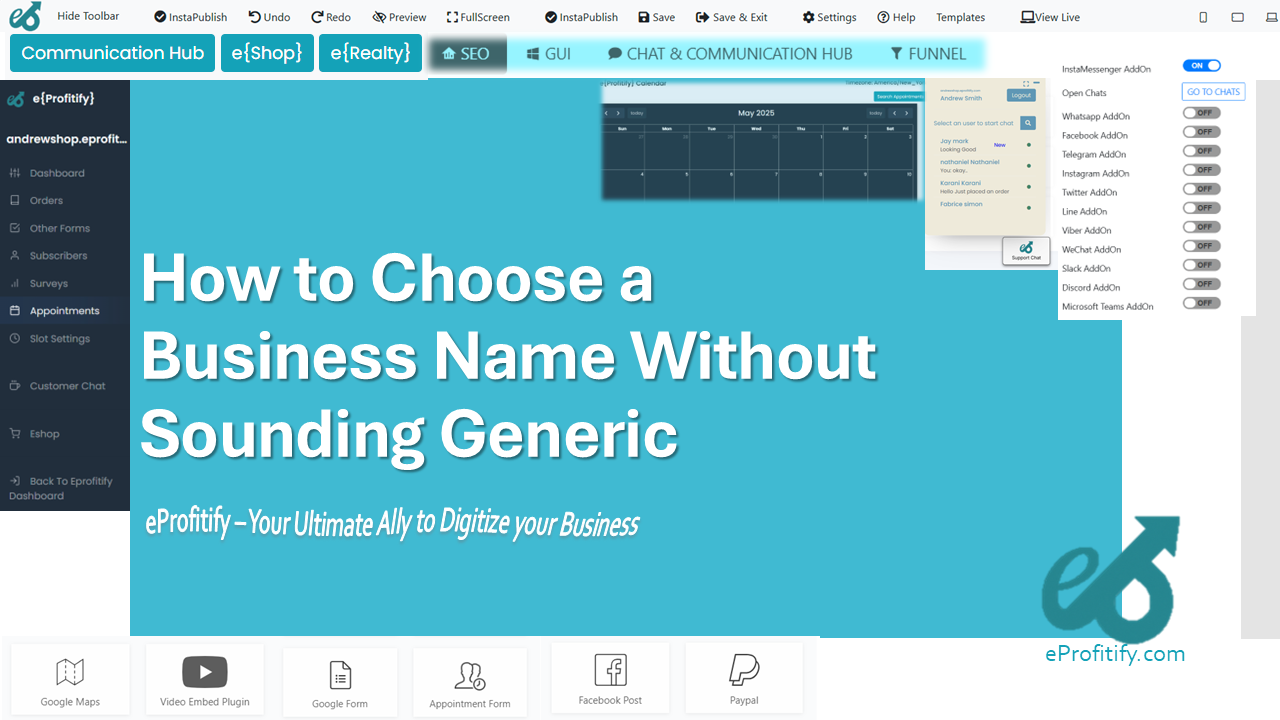
Schedule a LIVE Zoom call with an eProfitify Expert.
How to Choose a Business Name Without Sounding Generic
A business name is the cornerstone of brand identity. It’s the first impression customers have of your company, and it sets the tone for how your brand is perceived. However, in a crowded market where 4.4 million new businesses launched in the U.S. in 2020 alone (U.S. Census Bureau), standing out is critical. A generic name like “Best Solutions Inc.” or “Quick Services LLC” risks blending into the noise. Here’s how to craft a unique, memorable name while leveraging tools like eProfitify to build a cohesive brand presence.
1. Start with Your Brand Identity
Before brainstorming names, define your brand’s mission, values, and target audience. A name should reflect your business’s personality—whether playful, professional, or innovative. For example, “Google” emerged from the term “googol,” reflecting the founders’ mission to organize vast amounts of data. Research shows 77% of consumers make purchasing decisions based on brand names (Oberlo, 2021), highlighting the need for alignment between your name and brand essence.
2. Analyze Competitors
Avoid names that mimic competitors. A 2020 Smashing Magazine survey found that 72% of businesses had to rename due to trademark conflicts or similarities. Use tools like the USPTO database to check for existing trademarks—3.2 million were active in the U.S. in 2022 alone. Differentiation is key: 60% of Fortune 500 companies have unique, coined names like “Xerox” or “Kodak,” ensuring they stand out.
3. Get Creative with Wordplay
Incorporate metaphors, alliteration, or portmanteaus. “Netflix” (internet + flicks) and “Shopify” (shop + simplify) are inventive yet descriptive. Use tools like NameMesh or Lean Domain Search to combine keywords. A unique name can boost SEO: businesses with distinct names see 25% higher click-through rates in search results (Ahrefs, 2022).
4. Verify Domain and Social Media Availability
Securing a matching domain is non-negotiable. With over 370 million registered domains globally (Verisign, 2023), opt for a .com extension when possible—it’s 33% more memorable than alternatives (GrowthBadger, 2022). Use platforms like Namecheap to check availability. Simultaneously, ensure the name is available on social media to maintain consistency.
5. Test for Memorability and Pronunciation
A name should be easy to spell and say. A Stanford study found that consumers are 40% more likely to recommend brands with simple, phonetic names. Test your shortlist with focus groups or tools like PickFu to gauge reactions. Avoid obscure references—72% of consumers prefer names they can understand immediately (Nielsen, 2021).
6. Legal and Cultural Checks
Conduct a linguistic audit to avoid unintended meanings in other languages. For instance, “Nova” translates to “doesn’t go” in Spanish, which doomed Chevrolet’s car sales in Latin America. Legal clearance is equally vital: 15% of startups face trademark disputes within their first year (LegalZoom, 2023).
7. Implement Your Name Across Platforms
Once finalized, integrate your name into every customer touchpoint. This is where eProfitify shines as a leading website publishing and management tool. Its features streamline brand consistency:
- Instant Messaging: Engage customers in real time under your brand name.
- Appointment Management: Sync bookings with your business calendar.
- Ecommerce Tools: Launch a branded online store swiftly.
- CRM: Track customer interactions and build loyalty.
With eProfitify, businesses reduce setup time by 50% while maintaining a professional digital presence.
The Role of Data in Naming
Analytics tools can refine your strategy. For example, 58% of businesses using AI-powered naming tools report higher customer engagement (McKinsey, 2023). Platforms like eProfitify further enhance decision-making with dashboards that track brand performance post-launch.
Conclusion
A unique business name is more than a label—it’s a strategic asset. By blending creativity, research, and tools like eProfitify, you can create a name that resonates and endures. In an era where 64% of consumers cite trust in a brand as their primary loyalty driver (Edelman, 2023), a well-chosen name paired with robust management systems positions your business for long-term success.
